From the biggest chapel to century-old parishes: A Holy Week tour in Manila and Batangas
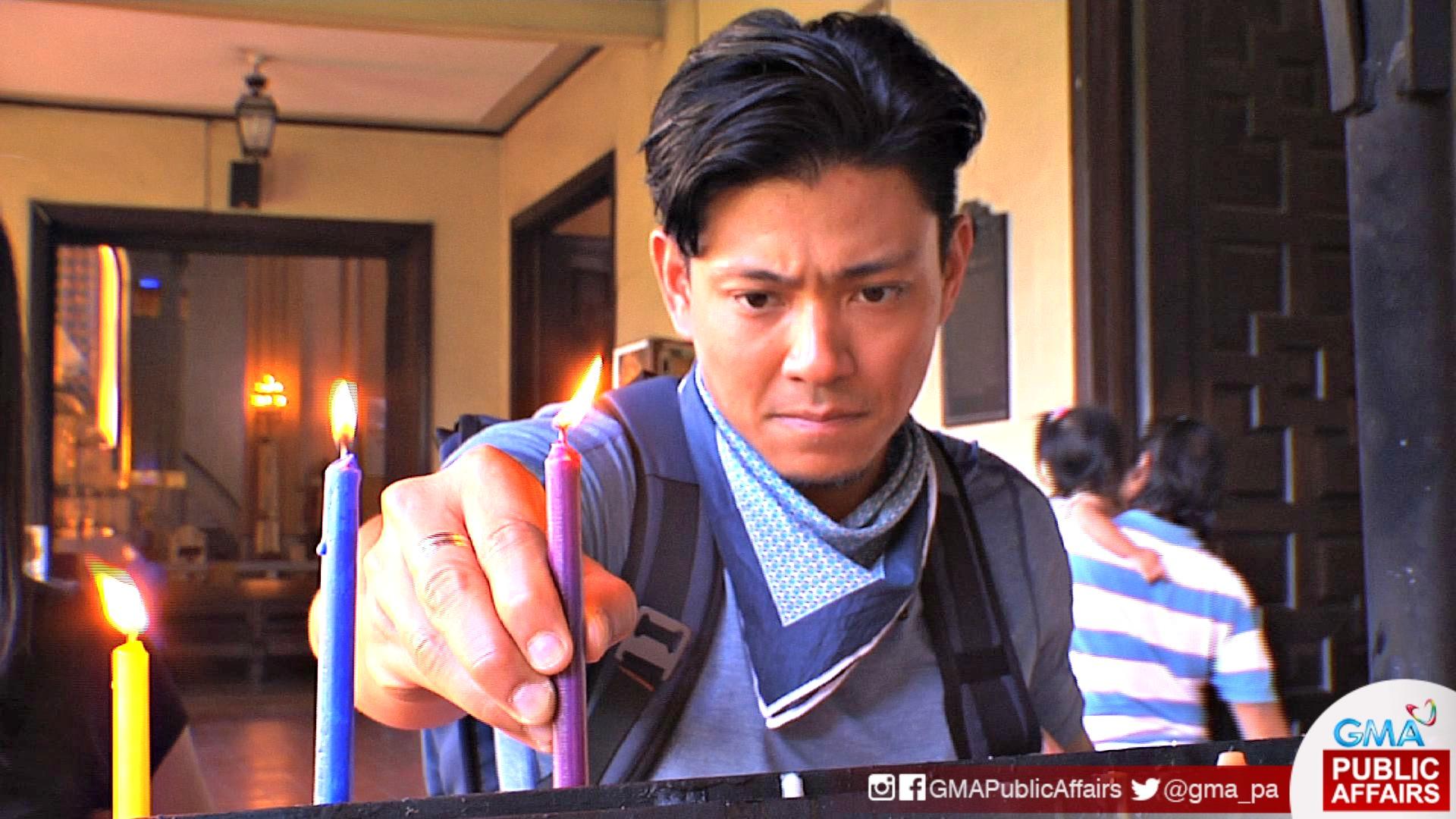
Every Maundy Thursday of the Holy Week, the Filipino faithful practice the Visita Iglesia, a Catholic tradition where devotees visit and offer a prayer in different churches in the country.
In the spirit of Lent, “Biyahe ni Drew” shares this list of the most beautiful heritage churches in Metro Manila and Batangas perfect for this annual tradition.
Ready your notepads, Biyaheros!
Biyahero trivia! The Visita Iglesia was introduced to the Philippines by the Augustinians in the 1560s.
Where to go for your Visita Iglesia?
Sto. Domingo Church
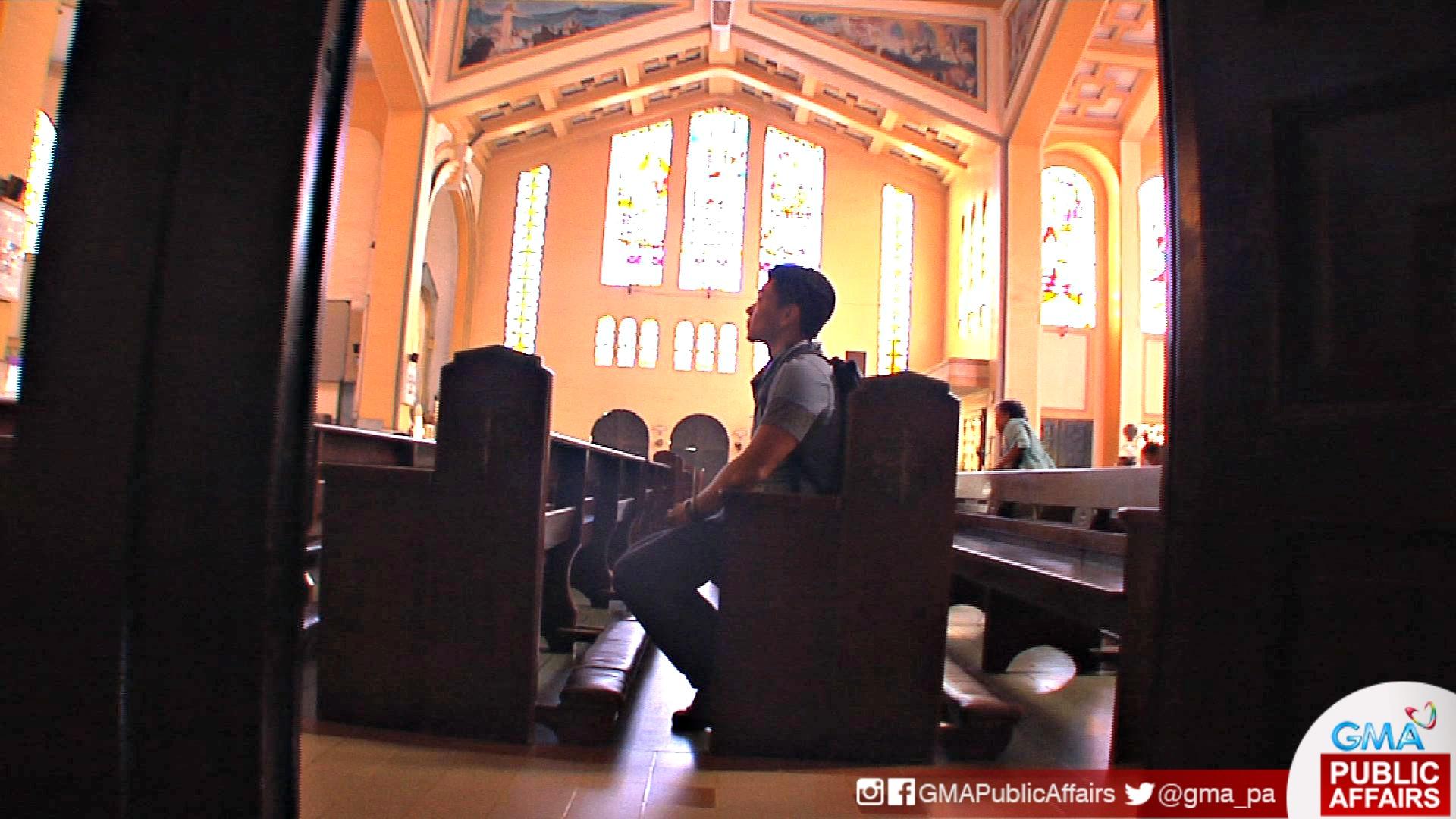
First on our list is the largest church in Metro Manila and one of the biggest in Asia: the Sto. Domingo Church in Quezon City, or also known as the National Shrine of Our Lady of the Holy Rosary of La Naval de Manila.

The most notable part of this church are the paintings that adorn its walls. The stained glass paintings of the 15 mysteries of the rosary, depictions of the lives of the Dominican saints, and the La Naval Battle were all done by renowned modernist painter Galo B. Ocampo. Aside from Galo Ocampo, Carlos “Botong” Francisco also decorated and painted eight murals that depict Dominican practices.
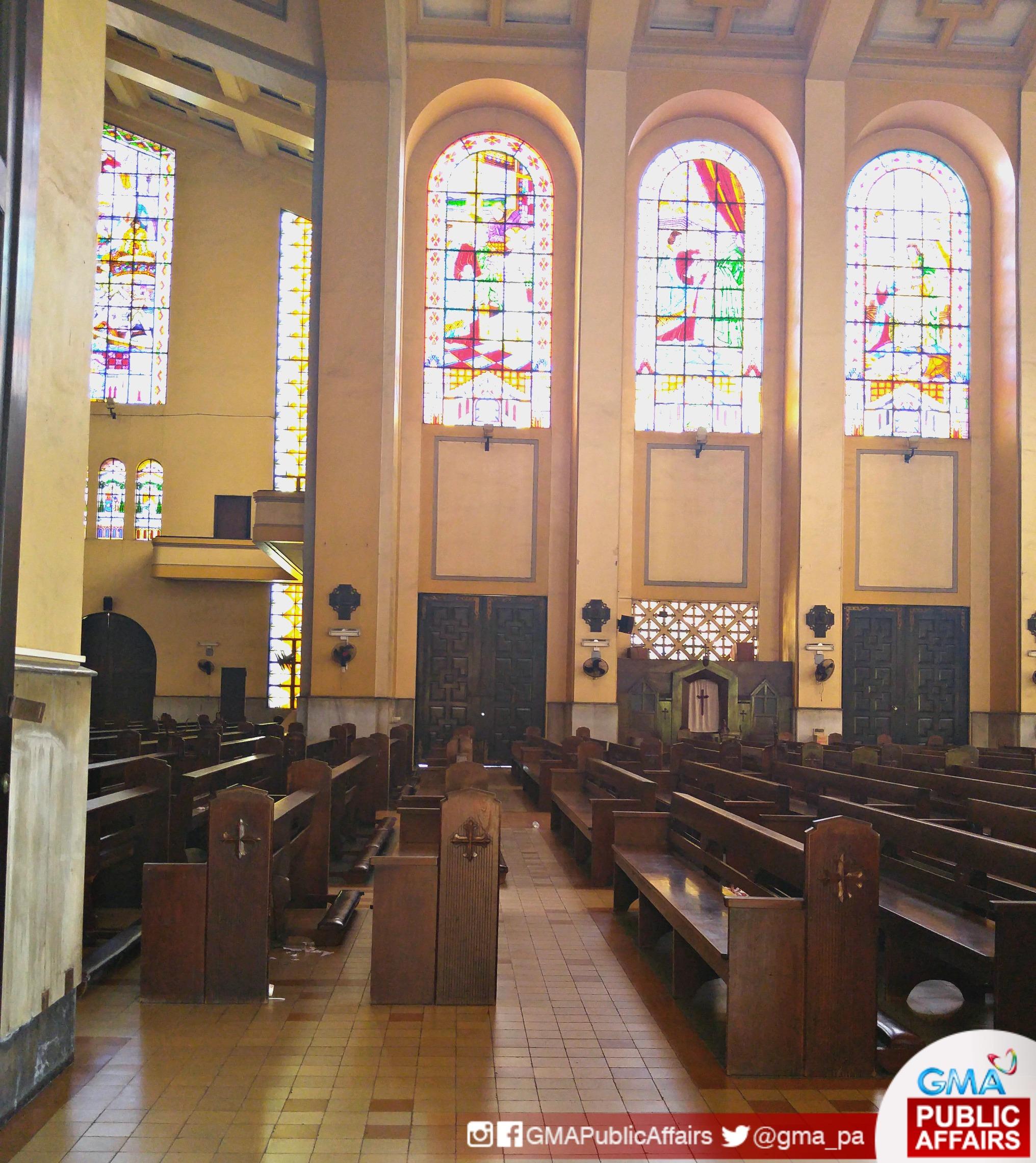
Sto. Domingo Church is not just about its rich religious art, what really draw people to this church is the Nuestra Señora La Naval. Filipinos’ devotion came from their belief that the image of “La Naval” was the one who saved them from the La Naval battle against Dutch invaders who tried to gain possession of the country. The Filipino and Spanish forces won five battles against the Dutch, despite having only two merchant galleons to fight 18 Dutch warships.
In gratitude and as part of the tradition as well, devotees participate in novena masses in honor of the Blessed Mother.
Biyahero fact! During the Spanish era, devotees donated their gold, silver, and jewels to the image as offerings.
Church of the Holy Sacrifice
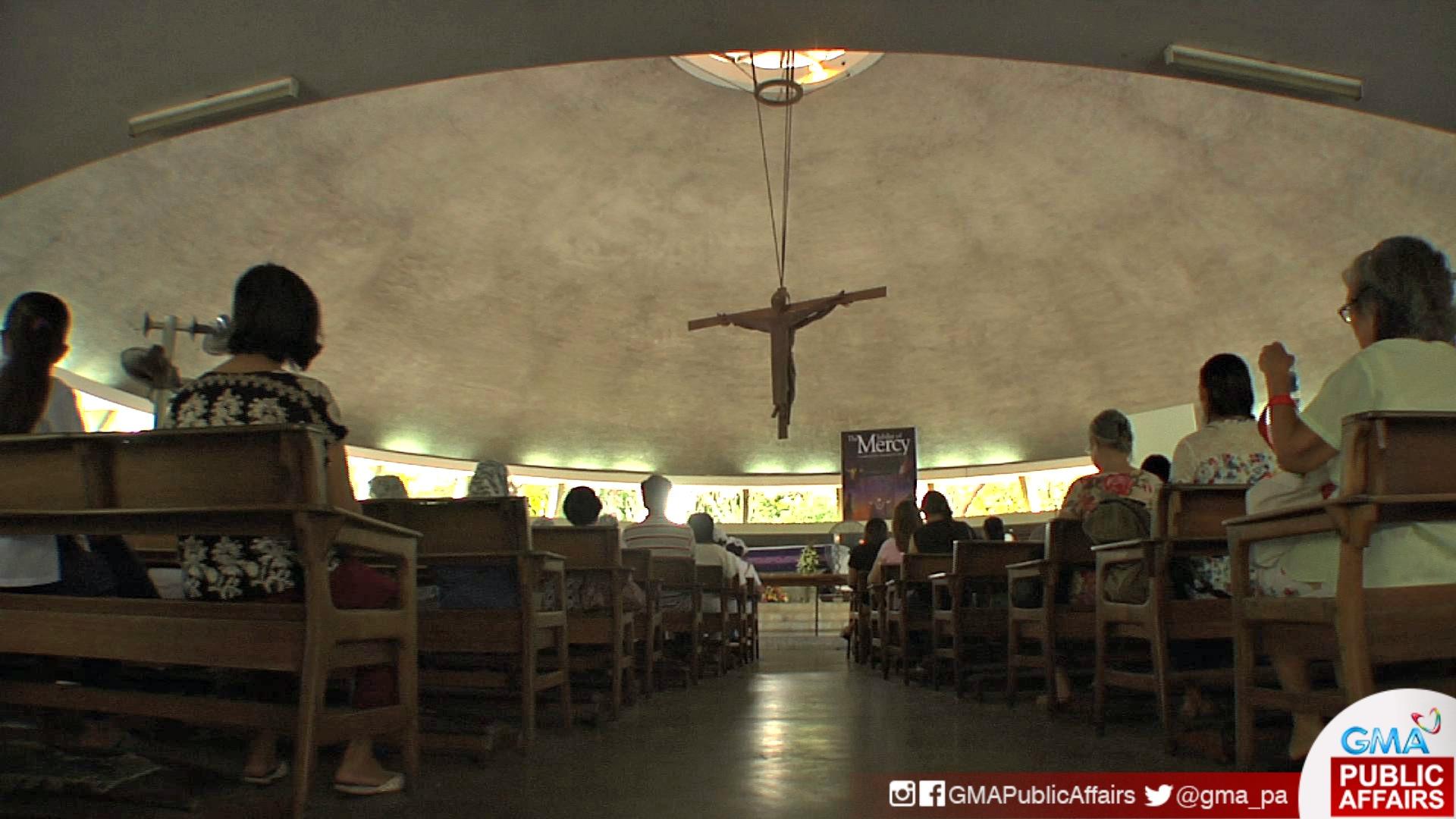
From the biggest chapel in Metro Manila, let’s go to another must-visit church in Quezon City which is the Church of the Holy Sacrifice or more popularly known as the UP Chapel. In 1947, it was constructed under the supervision of Fr. John P. Delaney, who began ministering to the spiritual needs of the campus. He was also the one who commissioned Leandro Locsin to design a chapel that is open to everyone and can accommodate 1,000 people.
The chapel’s impressive architecture and even the murals depicting the 15 stations of the cross were made by four National Artists: Leandro Locsin, Napoleon Abueva, Vicente Manansala, and Ang Kiukok.
From the roof to its altar and murals, the UP chapel is truly a work of art that you shouldn’t miss when you participate in the Visita Iglesia this Holy Week.
If you’re done visiting the churches in Metro Manila, there are other historical churches in Batangas that you may want to add to your Visita Iglesia 2016 list.
Our Lady of Mount Carmel

Amid the busy city life in Lipa, serenity and solemnity can still be experienced in one of the most historical churches in Batangas -- the Our Lady of Mount Carmel Church. This church is well-known to Filipinos, especially to Lipenos because this is the actual site where the said apparition of the Blessed Virgin Mary happened in 1948.
A few decades after the famous apparition of Our Lady of Mary Mediatrix of All Grace, locals say rose petals with the image of Christ, Virgin Mary, and other holy scenes from the bible suddenly fell from the sky. This rumored miracle drew devotees even closer to the Blessed Virgin Mary.
Tess Hermoso, a devotee, shares that her faith keeps her stronger despite her age, “I’m already 78 years-old because of her I can still walk and run. Medyo matanda na ako pero kaya ko pa rin gawin ang ginagawa ng mga mas bata sa akin.”
When it comes to architecture and design, Our Lady of Mount Chapel Church looks relatively modern. The facade is just simple, no intricate embellishments and excessive decorations are noticeable. The walls are painted in plain cream while the interiors are in pure white.
One of the highlights of your tour around the church is the staircase that leads to a prayer hall and a viewing deck, where you can have a closer look at the monastery’s garden. According to one of the nuns inside the church, this garden is where the Lady appeared to Sister Teresita Castillo at the convent in 1948.
Our Lady of Mary Mediatrix of All Grace
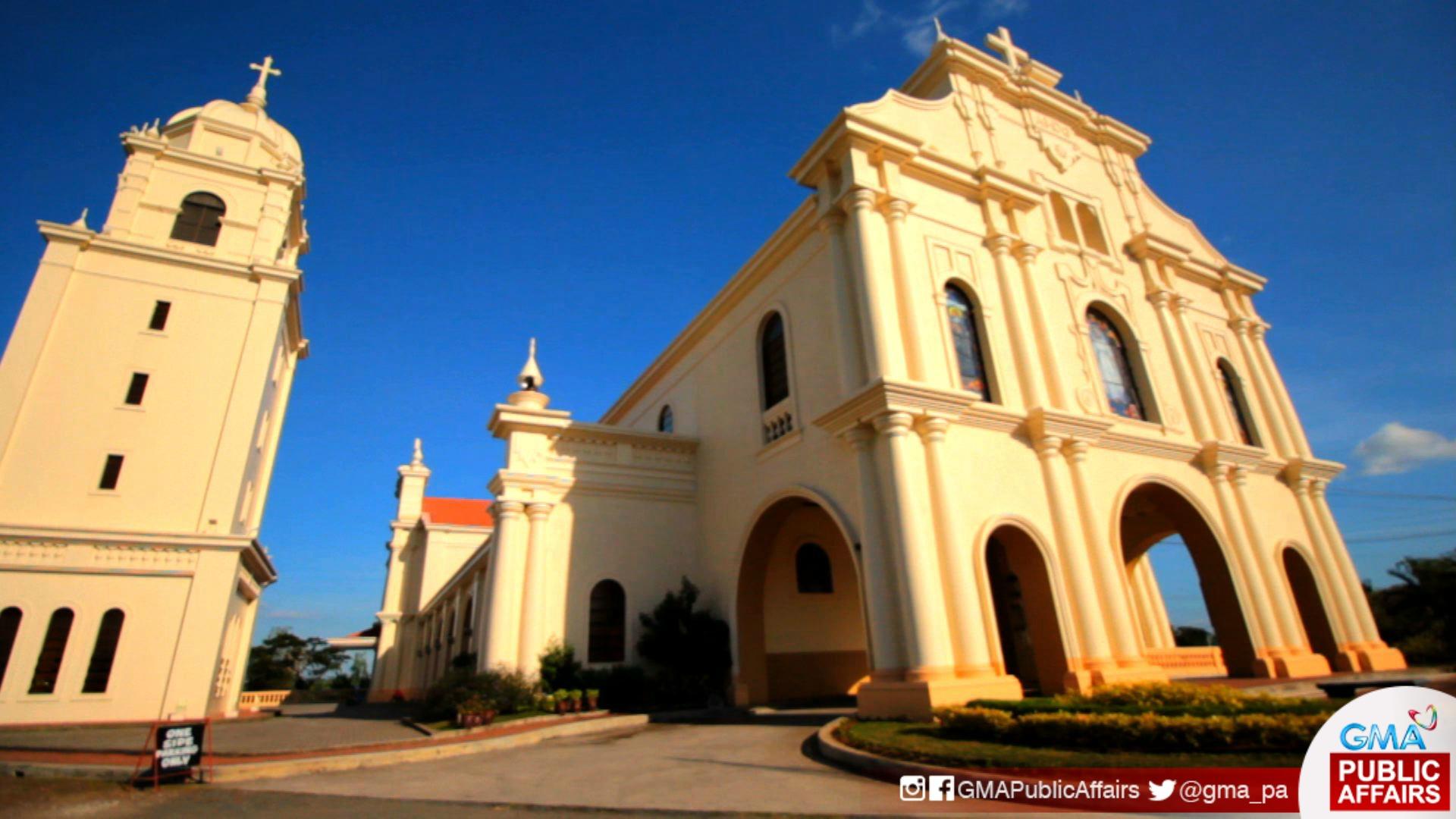
Just a kilometer away from the Carmelite convent, the site of the reported miraculous appearances of the Blessed Virgin Mary, a new church was built to glorify the miracles performed by Mary Mediatrix of All Grace.
Rev. Fr. Alex O. Bautista, a priest-architect from the Diocese of Tarlac, Commission for the Cultural Heritage of the Church executed the proposed Spanish-Mediterranean architectural design for the church.
Inside the church is an altar that takes after the plateresque style, decorated with silverwork and daedal details. Aside from that, the church is also surrounded by murals portraying the sufferings and other mysteries in Jesus Christ’s life.
San Sebastian Cathedral
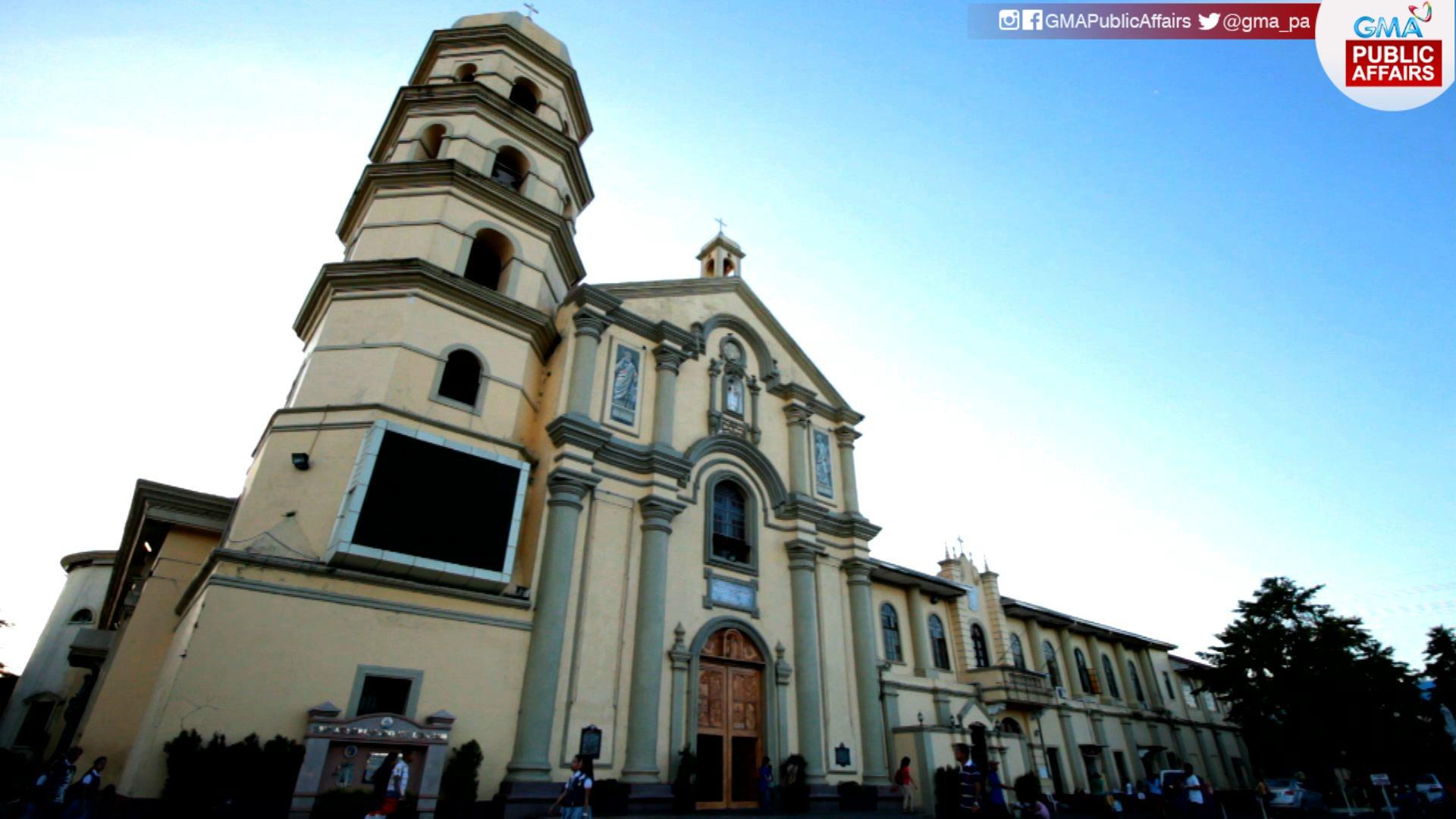
The San Sebastian Cathedral is probably the biggest cathedral in Lipa City. The exterior of the “katedral” has intricate carvings that resemble romanesque churches in European countries, it also has columns and arches in an upward and downward sequence.
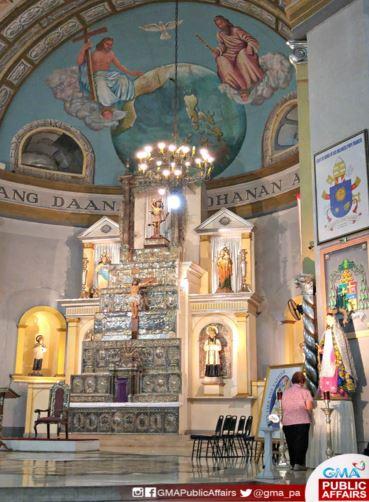
It’s a bit cold and dusky inside the cathedral, only the light coming from the small windows illuminates the cathedral which really adds more splendor to its decorations. The church has a ceiling covered with religious paintings and a spiral stairway leading to the choir balcony.
According to some residents in Lipa City, this church already gone through a long history of destruction, construction, and restoration. In fact, this church was one of the most shattered structures during the World War II. Along with many ancestral houses in Lipa City, San Sebastian Cathedral suffered from extreme damages caused by the war.
Upon seeing what was left to the townsmen, Msgr. Alejandro Olalia encouraged everyone to restore the church in the 1950s. During the restoration, several elements were added and instead of light materials, people used hewn stones and tiled roof to protect the church from future catastrophes and complete deterioration.
In the year 2000, Msgr. Alfredo Madlangbayan, the present parish priest, continued the efforts of persevering the chapel’s structure. Now, San Sebastian Cathedral is not just a structure for worship, its grand doors are also open for religious art appreciation. --- BMS/ GMA Public Affairs
"Biyahe ni Drew" airs every Friday, 8:00 PM, on GMA News TV. For more information, follow the show on Facebook, Twitter, and Instagram. For updates on your favorite documentaries, follow also the official Facebook page of GMA Public Affairs.




